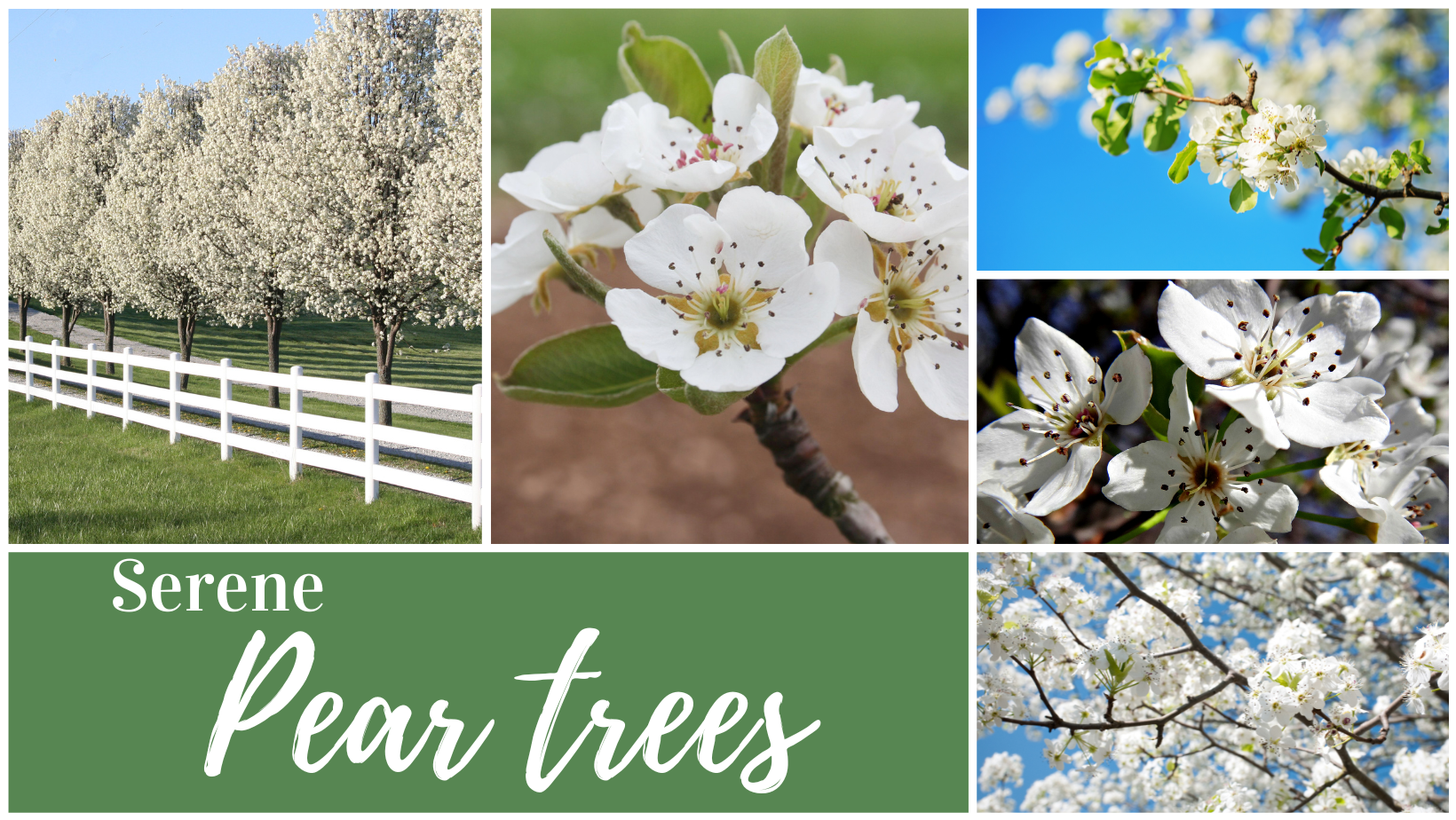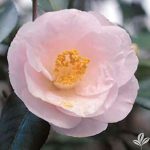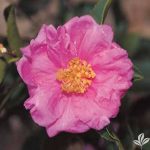Before diving into cultivation, it’s essential to select the perfect spot for your Ice Plant. Delosperma thrives in full sun and well-drained soil, mimicking its native South African habitat. Ensure your chosen location receives ample sunlight throughout the day, as this encourages prolific flowering and vibrant foliage. Additionally, opt for soil with excellent drainage to prevent waterlogging, which can lead to root rot.
One of the hallmarks of Delosperma is its drought tolerance, making it an excellent choice for water-wise gardening. Once established, Ice Plant requires minimal watering, as its succulent leaves store moisture efficiently. However, during the initial establishment period, regular watering is essential to encourage robust root development. Aim to water deeply but infrequently, allowing the soil to dry out between waterings to prevent fungal diseases.
- Choose the Right Location: Select a sunny spot with well-drained soil for optimal growth and flowering. Rock gardens or slopes that are well draining are perfect locations for Ice Plant.
- Planting Time: Spring is the best time to plant Ice Plant, allowing it to establish before the heat of summer.
- Soil Preparation: Ensure the soil is loose and well-drained. If planting in heavy clay soil correct drainage with chunky pine mulch or small gravel. Making sure the particles are large enough to create aeration and drainage.
- Spacing: Space Ice Plant around 12 to 18 inches apart to accommodate their spreading habit.
- Watering: Water deeply but infrequently, especially during the establishment phase. Once established, Ice Plant is drought-tolerant and requires minimal watering.
- Mulching: Apply a layer of Pine mulch or stone around the plants to conserve moisture and suppress weeds. However, avoid covering the crown of the plant to prevent rot.
- Fertilization: Ice Plant typically doesn’t require heavy fertilization. If desired, apply a balanced, slow-release fertilizer sparingly in spring.
- Deadheading: Remove spent flowers regularly to encourage continuous blooming throughout the season.
- Pruning: Ice Plant is relatively low-maintenance and doesn’t require pruning. However, you can trim back any leggy or overgrown stems to maintain a tidy appearance.
- Winter Protection: In colder climates, a layer of mulch can provide insulation and protect the roots from frost damage during winter.
- Propagation: Expand your Ice Plant collection through division or stem cuttings. Divide mature plants in spring or fall, and take stem cuttings during the growing season for propagation.
- Pest and Disease Control: Ice Plant is generally resistant to pests and diseases. However, monitor for signs of aphids, slugs, or fungal diseases and take appropriate measures if necessary, such as handpicking pests or using organic controls.






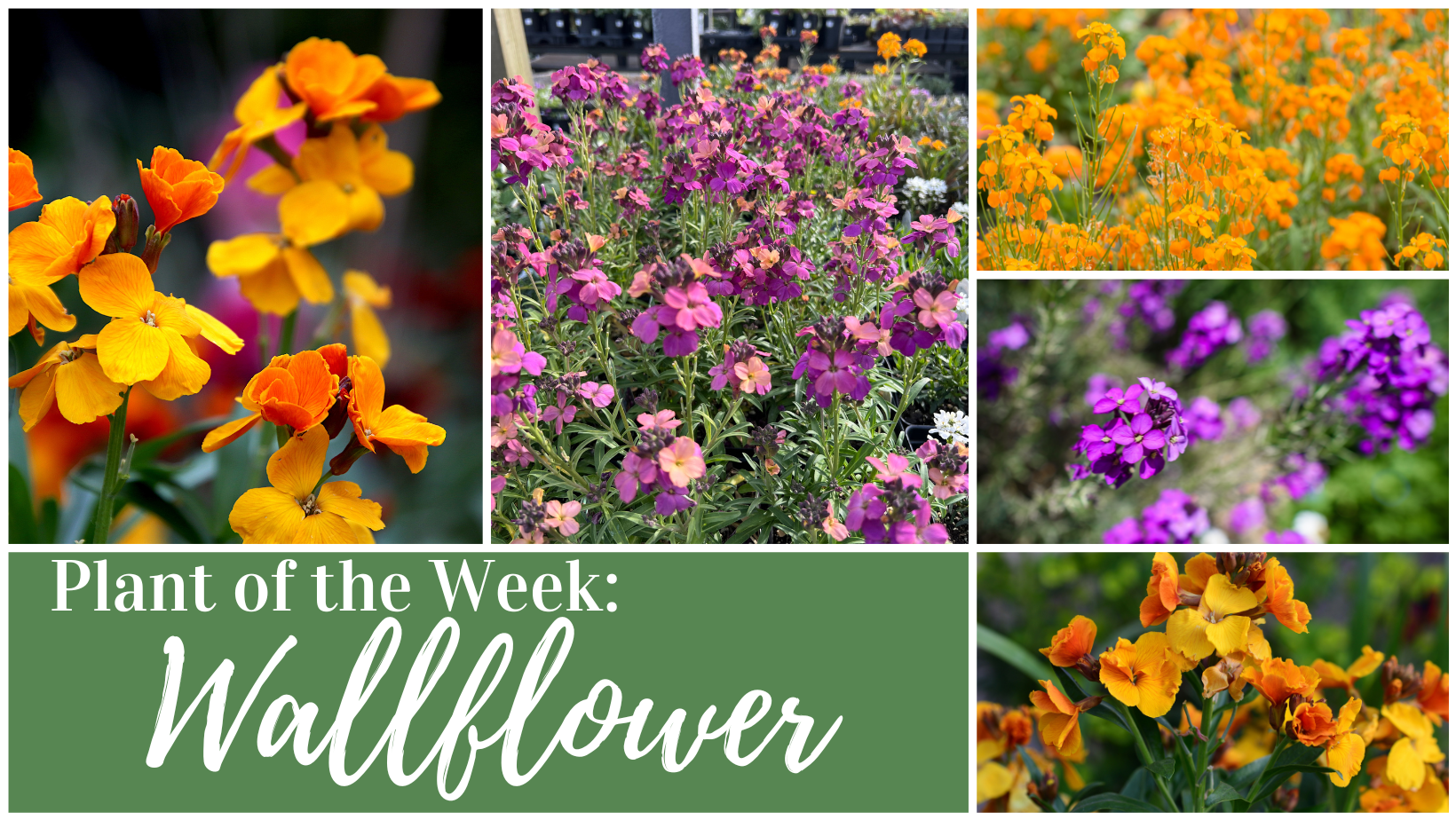 In the grand tapestry of nature’s garden, there exists a hidden gem, often overshadowed by flashier blooms but possessing an understated elegance and enduring charm. Enter the perennial wallflower, a plant that quietly enriches any garden with its delicate blossoms and steadfast presence. While it may be named after the shy observer of the dance, its beauty demands attention and its resilience inspires admiration.
In the grand tapestry of nature’s garden, there exists a hidden gem, often overshadowed by flashier blooms but possessing an understated elegance and enduring charm. Enter the perennial wallflower, a plant that quietly enriches any garden with its delicate blossoms and steadfast presence. While it may be named after the shy observer of the dance, its beauty demands attention and its resilience inspires admiration.



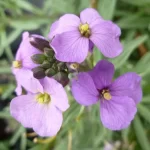
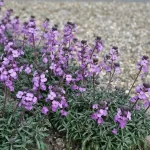
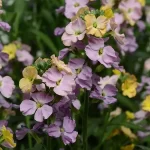
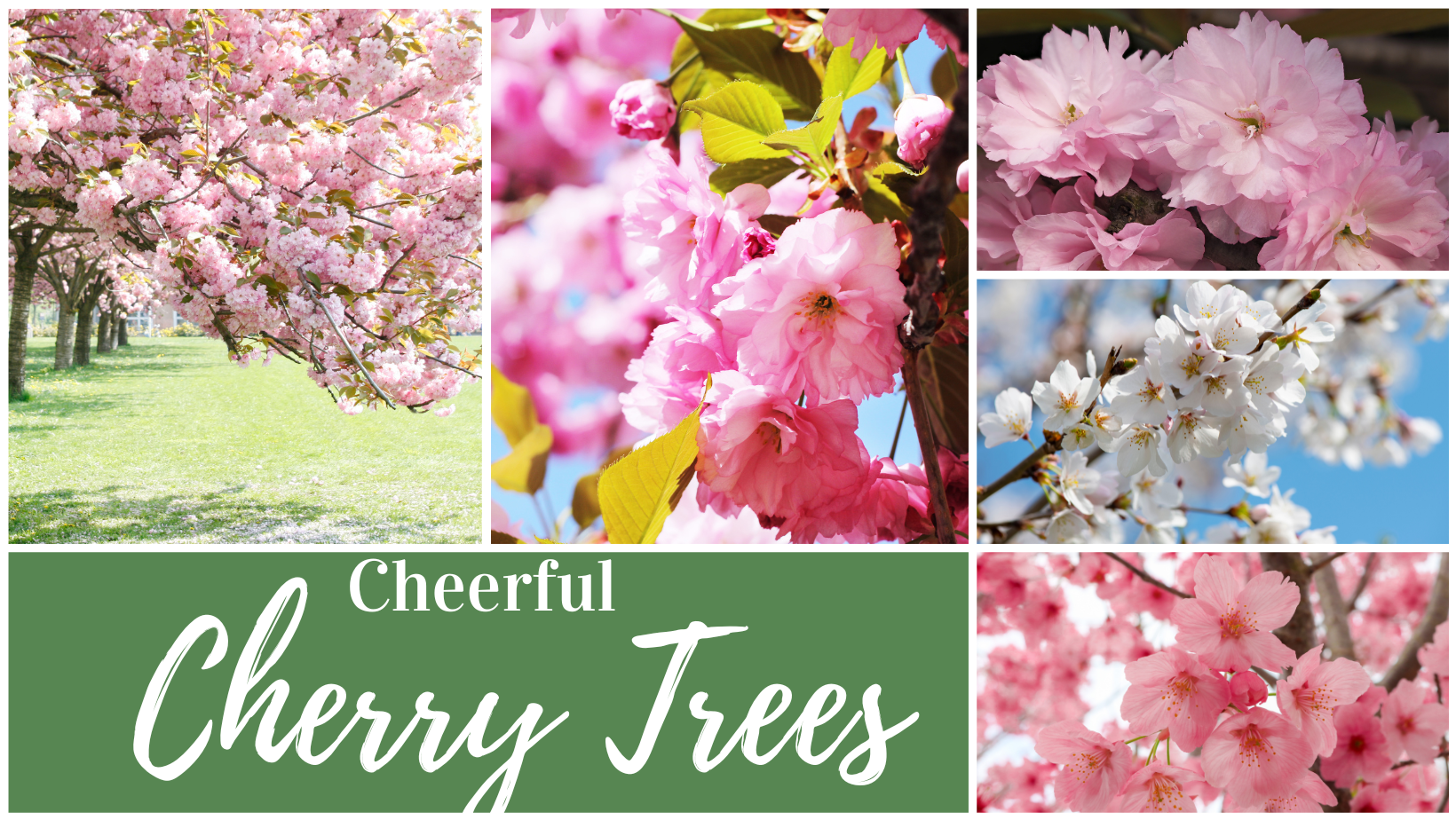
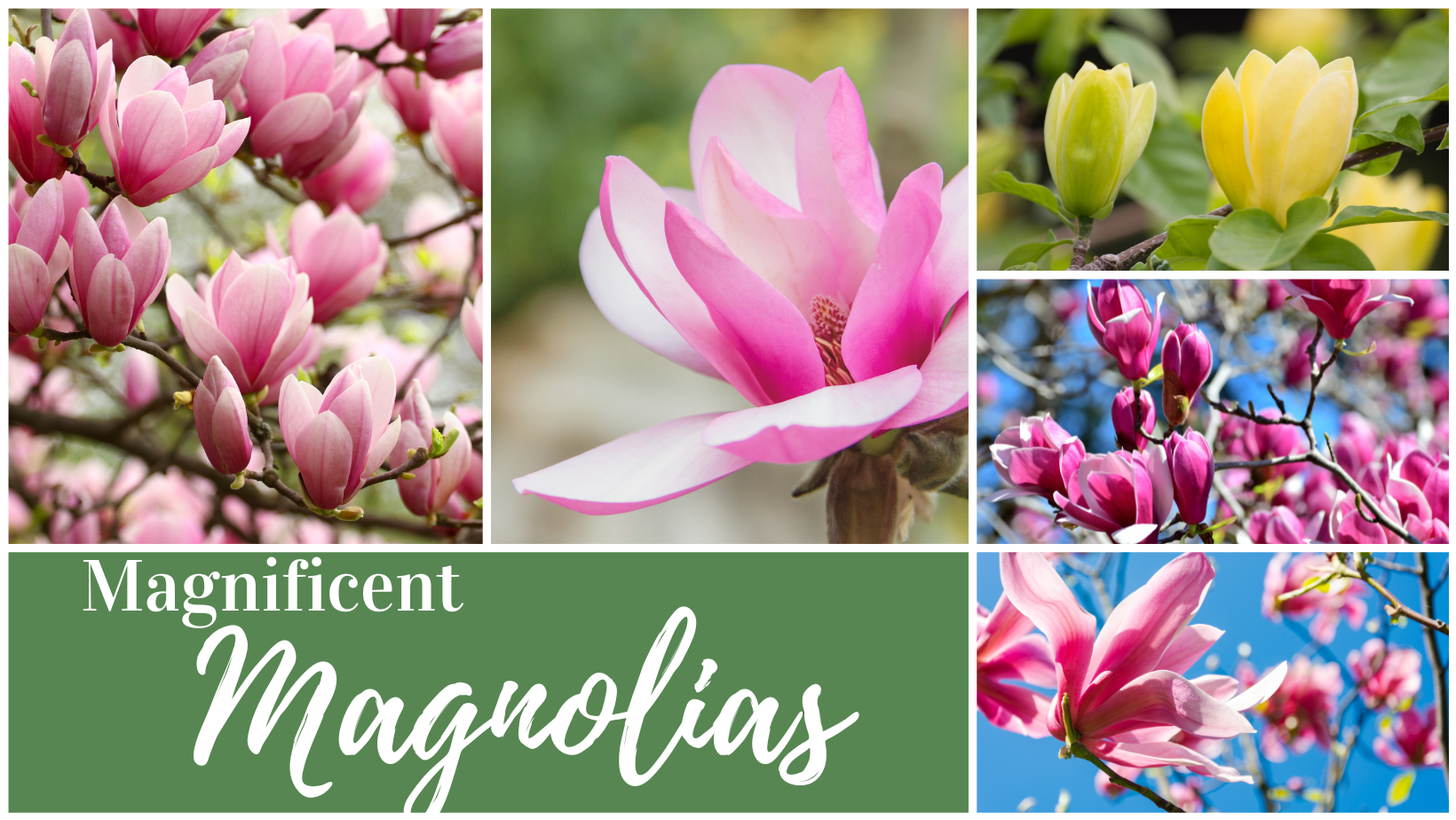
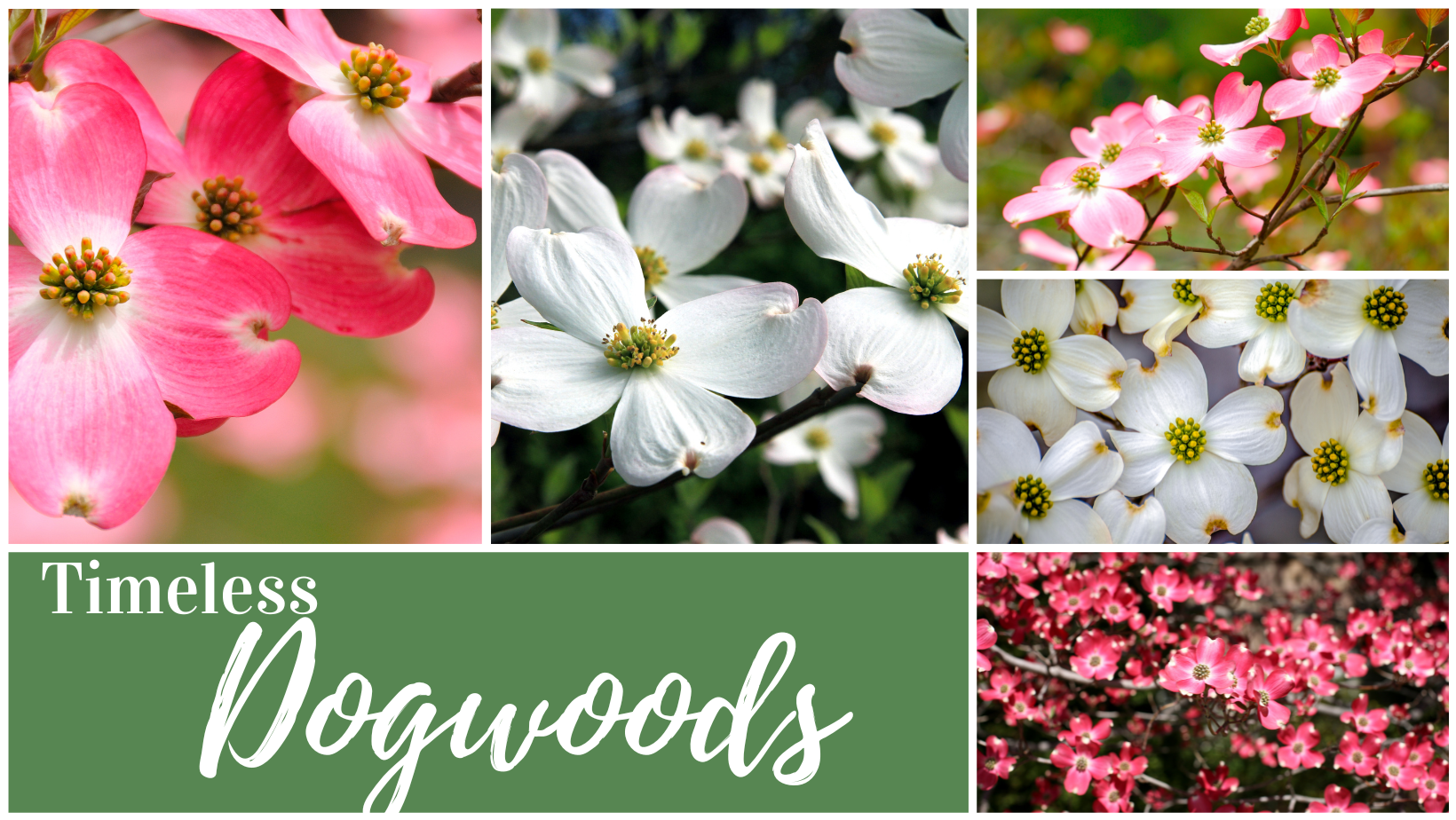 Dogwoods: Timeless Charm
Dogwoods: Timeless Charm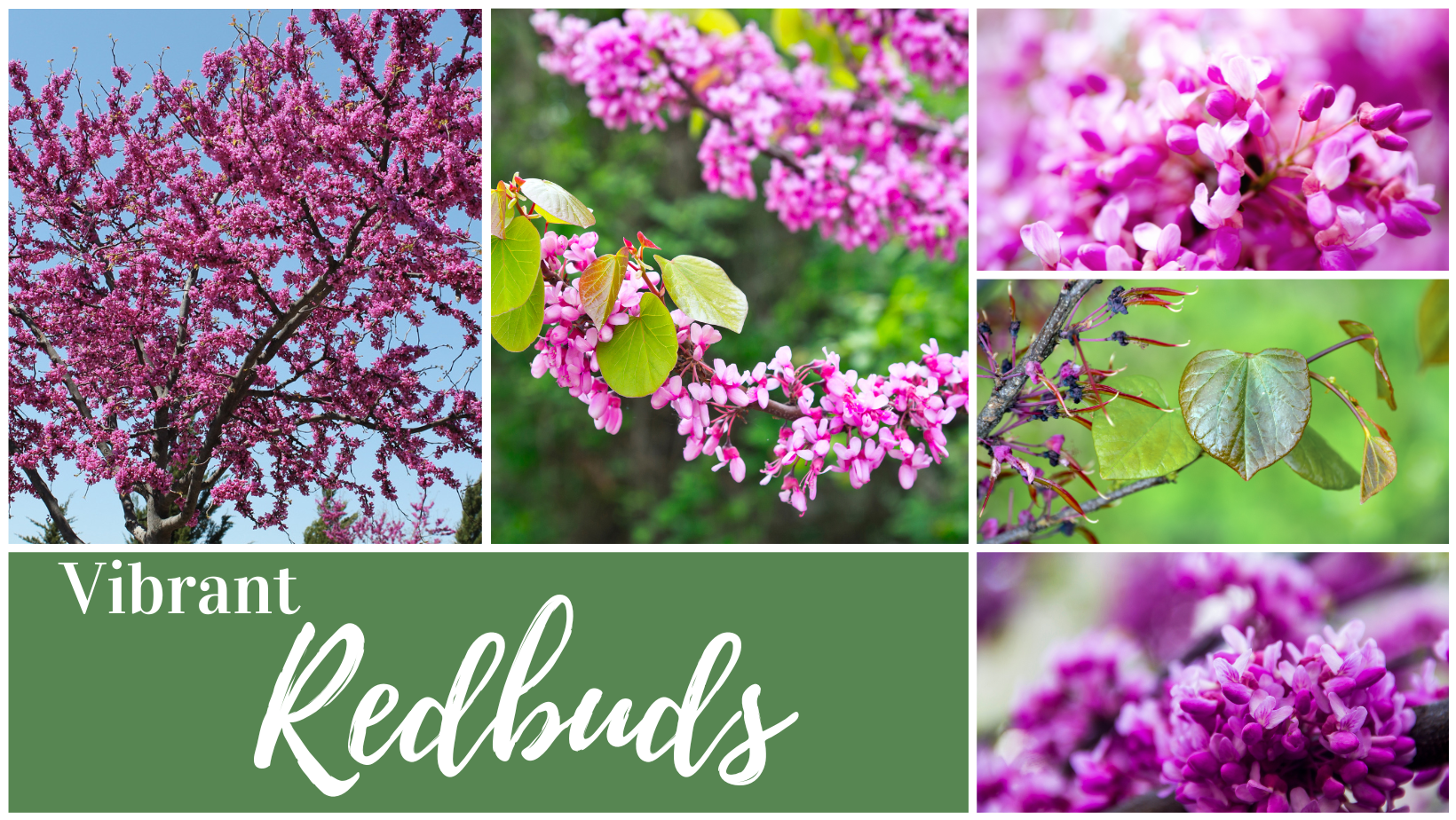 Redbuds: A Vision in Vivid Purple
Redbuds: A Vision in Vivid Purple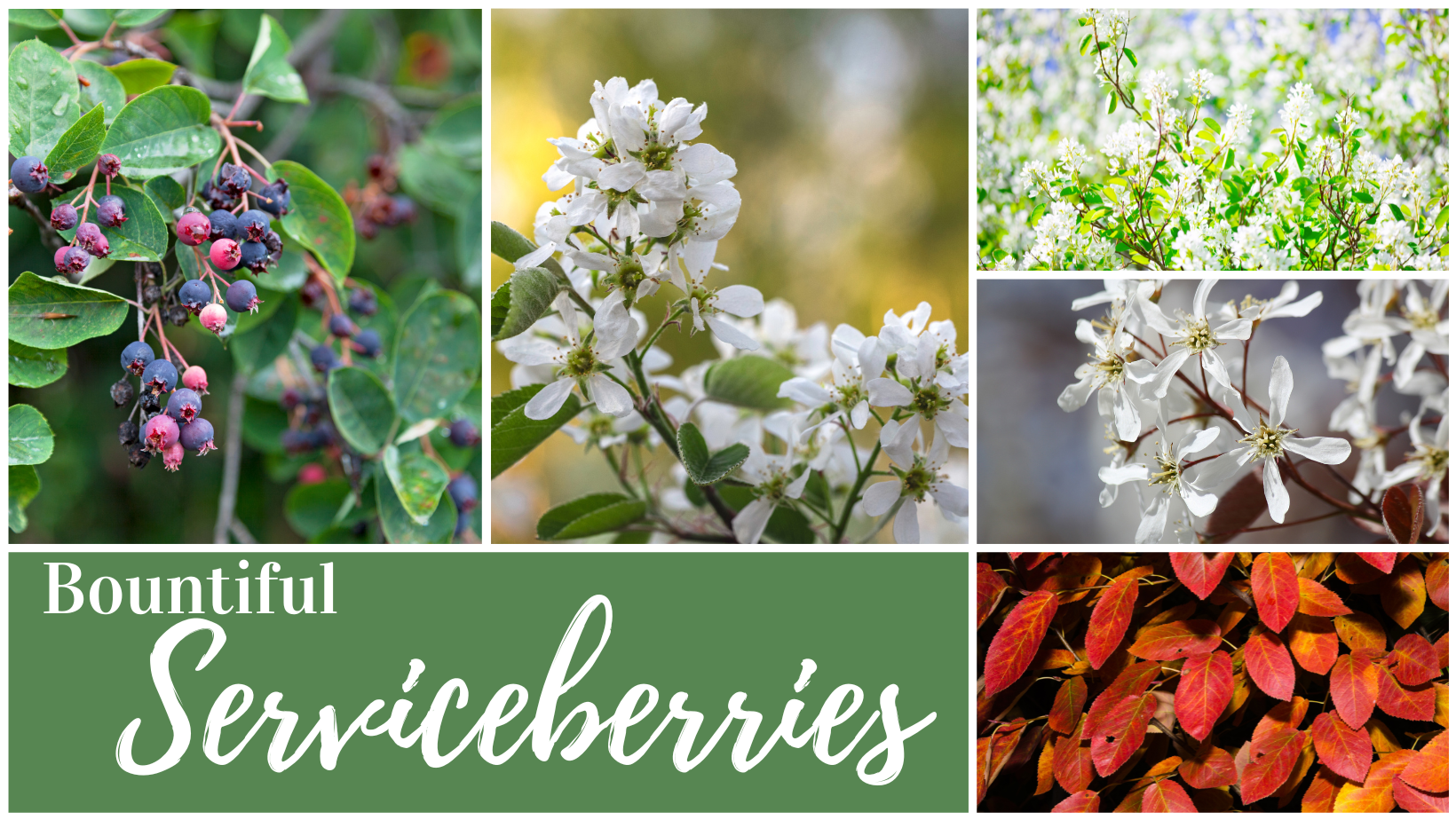
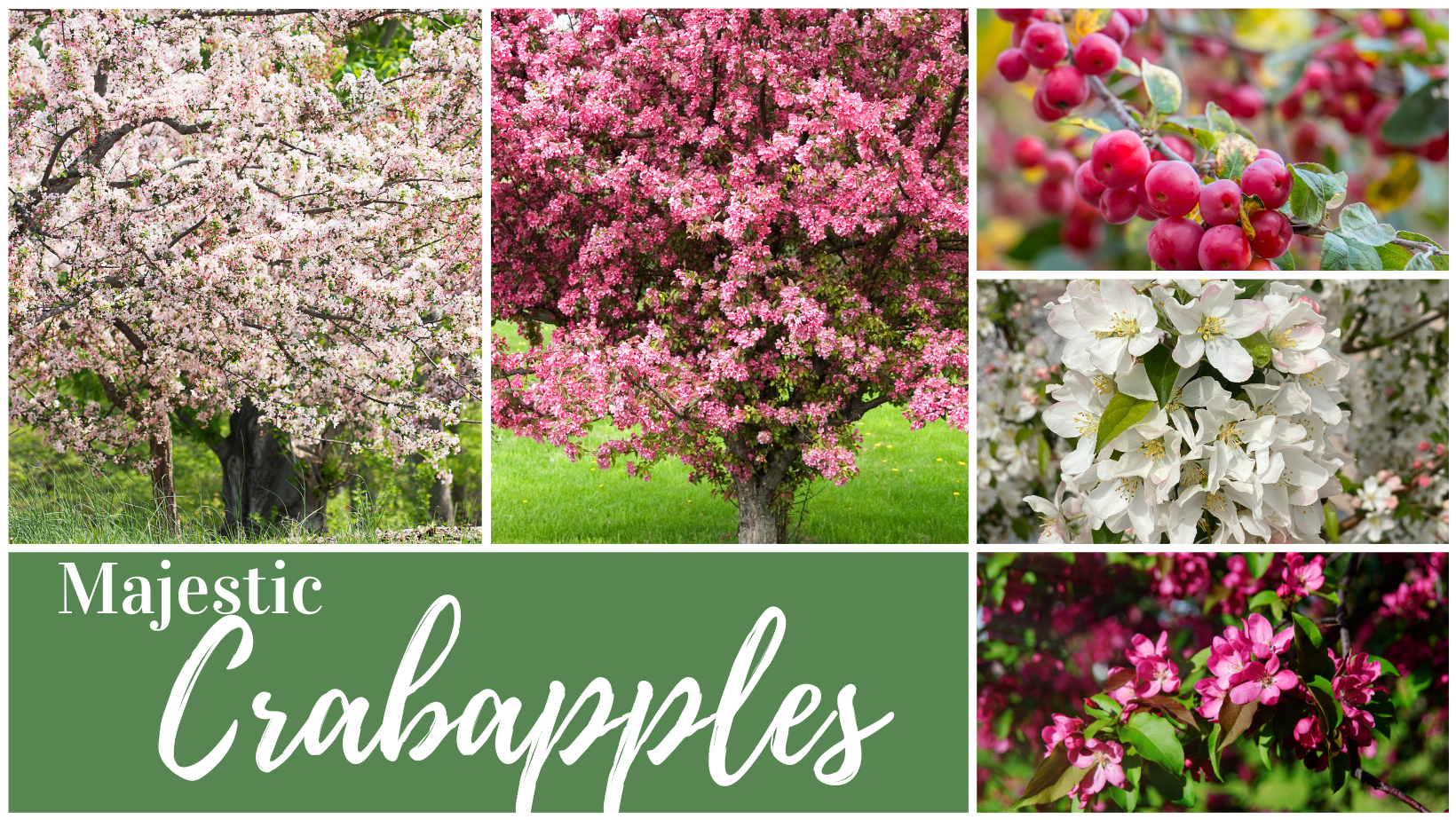 Crabapples: A Tapestry of Color
Crabapples: A Tapestry of Color